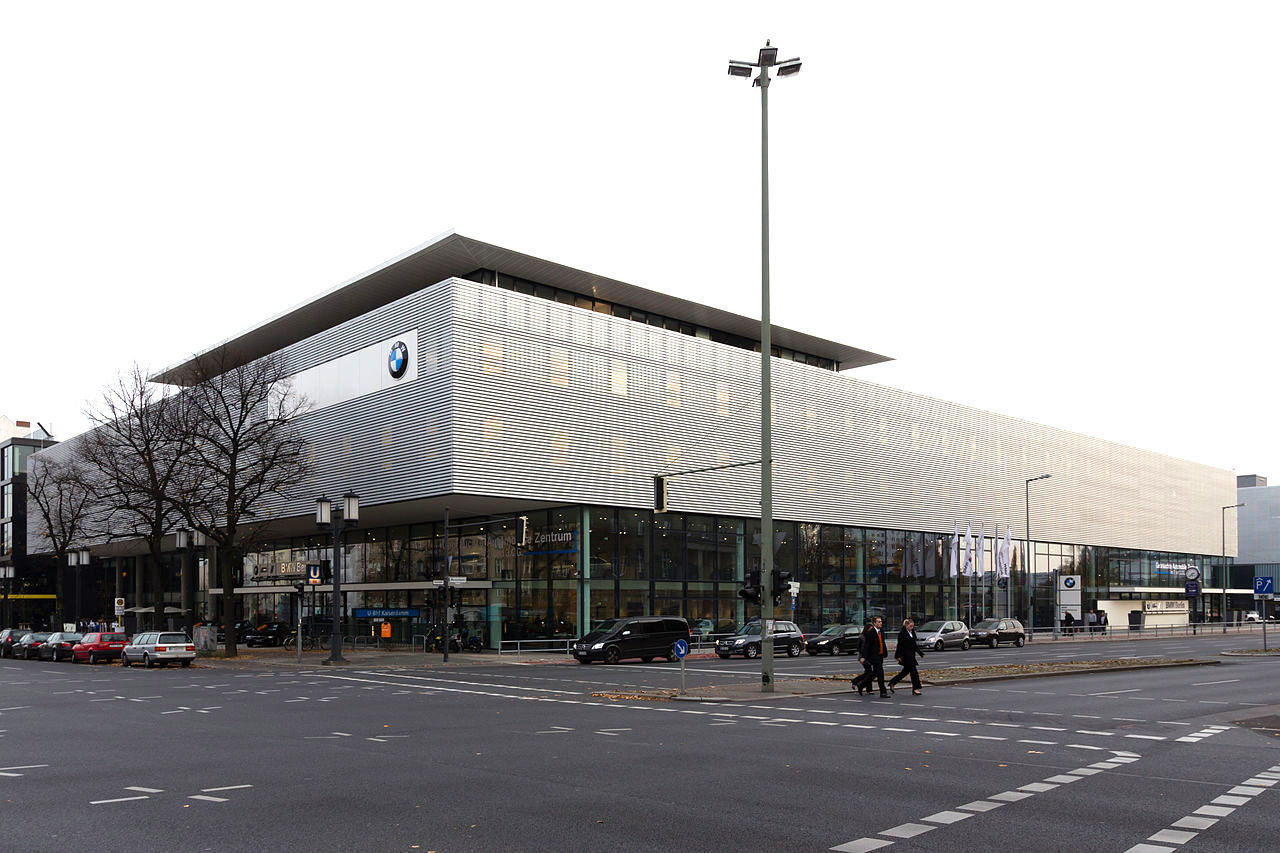
BMW’s marketing mix involves the variables of product, price, place, and promotion (4Ps) used for the automotive and motorcycle business. The company’s marketing strategy sets the premium branding used in this marketing mix for automotive and motorcycle markets. BMW’s 4P tactics ensure the premium status of the company’s brands, cars, and motorcycles. As the industry changes, so does the company’s marketing mix to maintain competitiveness. The effectiveness of this marketing mix in reaching the goals of BMW’s marketing strategy contributes to long-term business success in manufacturing premium vehicles for the international market.
BMW (Bayerische Motoren Werke/Bavarian Motor Works) implements its marketing mix and marketing strategy in a technologically innovative industry involving competitors, like Tesla, Toyota, Ford, General Motors, Nissan, and other automakers, as well as motorcycle manufacturers, such as Harley-Davidson. The Five Forces analysis of BMW shows that these companies operate in a competitive global industry that requires aggressive marketing strategies and corresponding 4Ps.
BMW’s Products
The business outputs offered to target customers (e.g., buyers and drivers) are included in this component of the marketing mix. The following are BMW’s products:
- Automobiles
- Motorcycles
- Financial Services
BMW is known for its vehicles. For cars, the company uses the BMW, Mini, and Rolls-Royce brands. The company’s marketing mix involves the BMW Motorrad brand for motorcycles. The product mix also includes financial services, which are used to facilitate customers’ purchases of the company’s cars and motorcycles.
BMW’s competitive strategy and growth strategies influence the products in this marketing mix and the decisions for implementing the marketing strategy. For example, the competitive strategy determines automobile characteristics and premium branding that are applied or presented in this 4P component.
Price in BMW’s 4Ps
BMW has a premium pricing strategy. This component of the marketing mix sets the price ranges and price points for the company’s vehicles. In BMW’s 4Ps, this pricing strategy applies premium prices that reinforce customers’ perception that the company’s products are in the premium or luxury market segments. As a result, the company’s vehicles are generally more expensive than many competitors, especially Toyota cars. The premium prices reflect how BMW’s marketing mix and marketing strategy differentiate the business and its products through pricing and branding.
The high brand equity and the other competitive advantages discussed in the SWOT analysis of BMW enable the premium pricing strategy in this 4P. The premium branding of cars and motorcycles ensures that premium prices are suited to the company’s marketing mix. The combination of the premium prices and high brand equity is a factor that persuades customers to pay more for BMW’s vehicles.
The prices in this marketing mix relate to BMW’s mission statement and vision statement, which specify the strategic focus on mobility solutions and the premium branding used in the company’s marketing strategy.
Place
The locations and channels used in the automaker’s distribution strategy are specified in this component of the marketing mix. BMW reaches its target customers through the following places:
- Dealerships and other sales partners
- Other facilities and parties
BMW’s sales network involves dealerships, which are the most visible and prominent places in this 4P component. Sales partners in some markets function like dealerships. BMW’s marketing mix also uses other facilities and parties, including operations for logistics, to support the distribution of its cars and motorcycles to target customers, while addressing supply and demand in target markets.
The location strategy in BMW’s operations management influences strategic decisions regarding the locations of dealerships and other places in this marketing mix. This location strategy coordinates location decisions for an optimal location network in the international market for cars and motorcycles.
The geographic divisions in BMW’s organizational structure (corporate structure) reflect the distribution strategy in this marketing mix. For example, these divisions are used for strategic management and marketing strategies involving the dealership network in regional and local markets around the world.
Promotion in BMW’s Marketing Mix
Promotional tactics and practices are determined in this marketing mix to enhance the automaker’s image, to persuade target customers, and to generate more sales. In its marketing communications mix, BMW’s promotion has the following elements:
- Advertising
- Public relations
- Personal selling
BMW advertises through multiple channels and media, including television, print, and online media. Through advertisements, the company’s marketing mix supports brand strength and awareness, especially for promoting new car models.
Public relations involve activities that promote the automaker by enhancing its corporate image and brand perception. The initiatives and programs for BMW’s stakeholder management, sustainability, and other ESG and CSR goals are a factor in the company’s marketing strategy and intersect with this marketing mix by enhancing the corporate image and supporting public relations.
This 4P also includes personal selling applied at dealerships during in-person communication between sales personnel and interested vehicle buyers.
The trends discussed in the PESTEL/PESTLE analysis of BMW provide information, such as social cues, which are used in decisions for the promotional tactics in this marketing mix.
References
- BMW Group Locations Worldwide.
- BMW Group Report.
- BMW Group Strategy.
- Brands & Business Segments of BMW Group.
- Cai, D. (2024). Analysis on the new energy transformation of traditional automobile enterprises – Taking Mercedes-Benz, BMW and Audi as examples. Advances in Economics, Management and Political Sciences, 101, 106-112.
- Eze, F. J., Inyang, I. B., & James, E. E. (2024). Standardization versus adaptation of marketing mix in international markets: A systematic literature review. World Journal of Advanced Research and Reviews, 22(2), 1192-1212.
- Li, L., Zhang, Q., & Liu, Y. (2024). Omnichannel operations in the automotive aftermarket: Consumer reactions to various strategies. Technology in Society, 78, 102677.
- Nurjaman, K. (2024). Sustainable marketing: Integrating green marketing practices into marketing strategy. Influence: International Journal of Science Review, 6(2), 71-89.